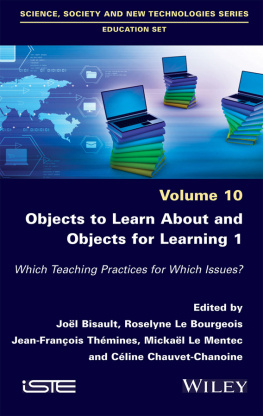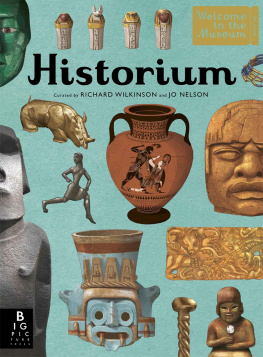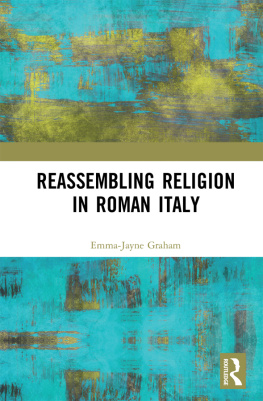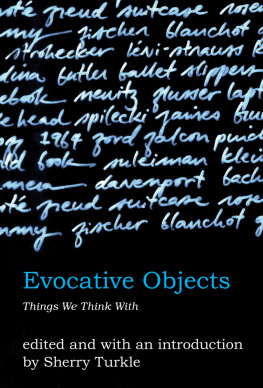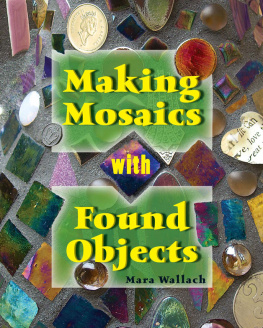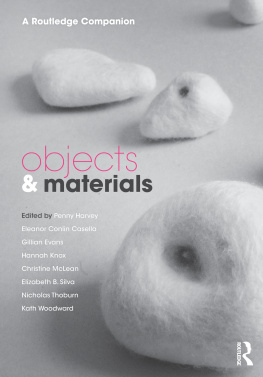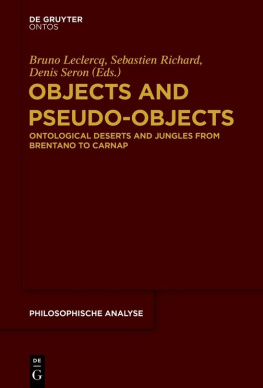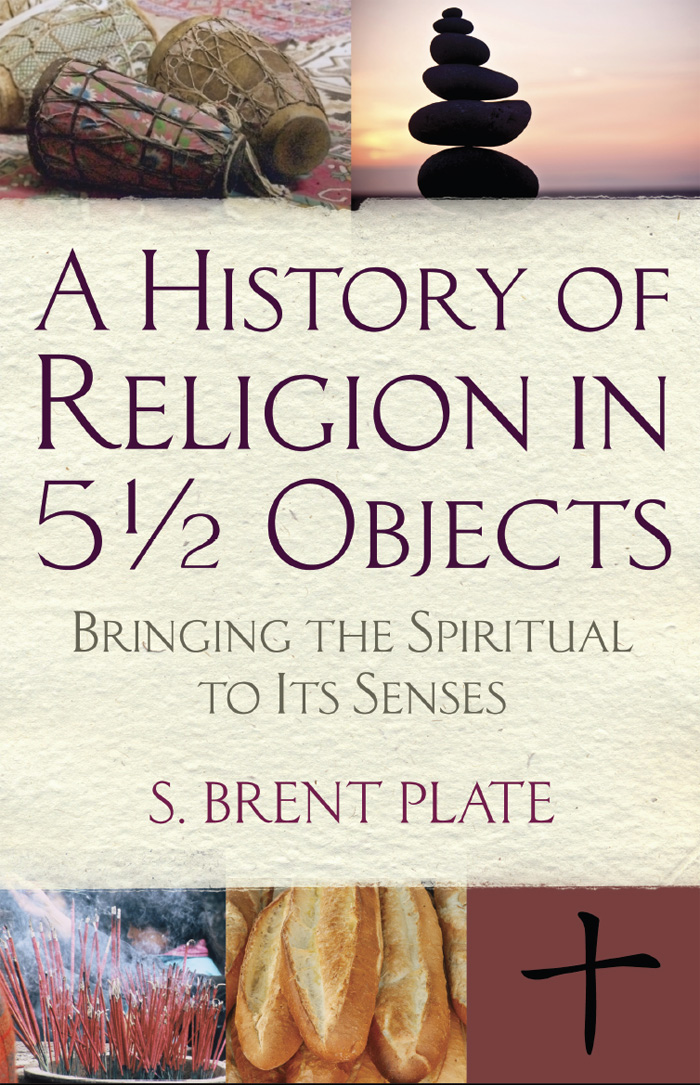S. Brent Plate - A History of Religion in 51/2 Objects: Bringing the Spiritual to Its Senses
Here you can read online S. Brent Plate - A History of Religion in 51/2 Objects: Bringing the Spiritual to Its Senses full text of the book (entire story) in english for free. Download pdf and epub, get meaning, cover and reviews about this ebook. year: 2014, publisher: Beacon Press, genre: Religion. Description of the work, (preface) as well as reviews are available. Best literature library LitArk.com created for fans of good reading and offers a wide selection of genres:
Romance novel
Science fiction
Adventure
Detective
Science
History
Home and family
Prose
Art
Politics
Computer
Non-fiction
Religion
Business
Children
Humor
Choose a favorite category and find really read worthwhile books. Enjoy immersion in the world of imagination, feel the emotions of the characters or learn something new for yourself, make an fascinating discovery.

- Book:A History of Religion in 51/2 Objects: Bringing the Spiritual to Its Senses
- Author:
- Publisher:Beacon Press
- Genre:
- Year:2014
- Rating:3 / 5
- Favourites:Add to favourites
- Your mark:
A History of Religion in 51/2 Objects: Bringing the Spiritual to Its Senses: summary, description and annotation
We offer to read an annotation, description, summary or preface (depends on what the author of the book "A History of Religion in 51/2 Objects: Bringing the Spiritual to Its Senses" wrote himself). If you haven't found the necessary information about the book — write in the comments, we will try to find it.
Humans are needy. We need things: objects, keepsakes, stuff, tokens, knickknacks, bits and pieces, junk, and treasure. We carry special objects in our pockets and purses, and place them on shelves in our homes and offices. As commonplace as these objects are, they can also be extraordinary, as they allow us to connect with the world beyond our skin.
A History of Religion in 5 Objects takes a fresh and much-needed approach to the study of that contentious yet vital area of human culture: religion. Arguing that religion must be understood in the first instance as deriving from rudimentary human experiences, from lived, embodied practices, S. Brent Plate asks us to put aside, for the moment, questions of belief and abstract ideas. Instead, beginning with the desirous, incomplete human body (symbolically evoked by ), he asks us to focus on five ordinary types of objectsstones, incense, drums, crosses, and breadwith which we connect in our pursuit of religious meaning and fulfillment.
As Plate considers each of these objects, he explores how the worlds religious traditions have put each of them to different uses throughout the millennia. We learn why incense is used by Hindus at a celebration of the goddess Durga in Banaras, by Muslims at a wedding ceremony in West Africa, and by Roman Catholics at a Mass in upstate New York. Crosses are key not only to Christianity but to many Native American traditions; in the symbolic mythology of Perus Misminay community, cruciform imagery stands for the general outlay of the cosmos. And stones, in the form of cairns, grave markers, and monuments, are connected with places of memory across the world.
A History of Religion in 5 Objects is a celebration of the materiality of religious life. Plate moves our understanding of religion away from the current obsessions with God, fundamentalism, and scienceand toward the rich depths of this world, this body, these things. Religion, it turns out, has as much to do with our bodies as our beliefs. Maybe even more.
S. Brent Plate: author's other books
Who wrote A History of Religion in 51/2 Objects: Bringing the Spiritual to Its Senses? Find out the surname, the name of the author of the book and a list of all author's works by series.

